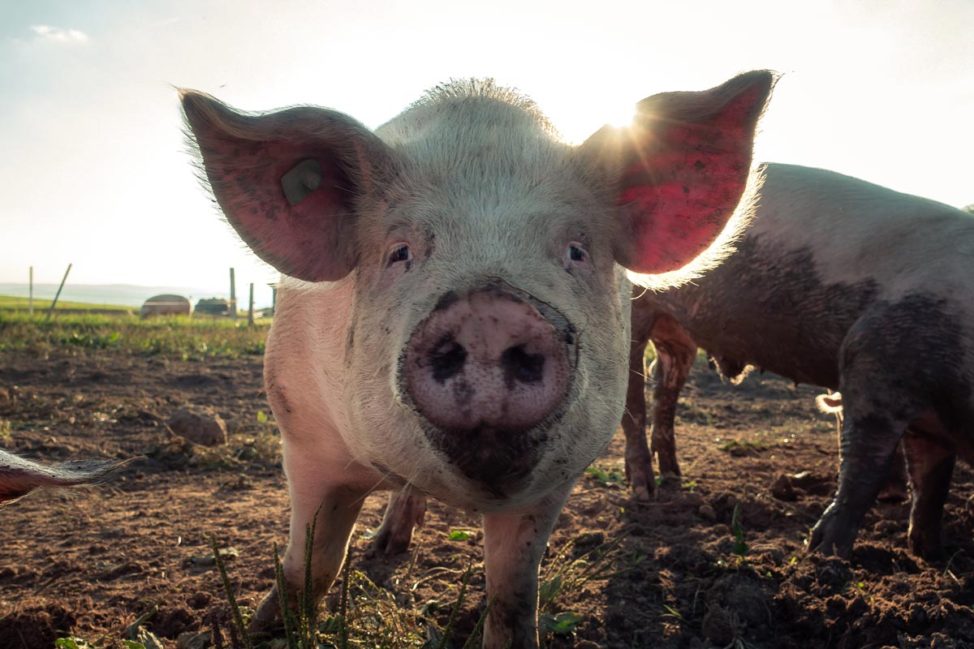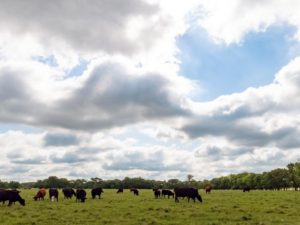Steven Lonergan is a professor of Animal Science at Iowa State University. Here are his thoughts on the meat industry and how it ties in with the biomedical industry.
Why did you choose a career in the meat industry?
As I grew up on a hobby farm, I was very interested in food production (fruits, vegetables, eggs, livestock). I was keenly interested in livestock production and adding value to meat products. The development of practical applications using science and technology in these contexts was very appealing to me. While in graduate school for an MS degree, I discovered a deep appreciation for muscle biology and protein biochemistry. This lead to my Ph.D. studies in those fields.
By the time I started my Ph.D. studies, I was certain I wanted to be a University faculty member. I still believe it is a place to impact lives and livelihoods as a teacher and researcher. I have been a university faculty member now for 25 years. Every day is new and exciting and builds on previous experience.
In your own words, describe the livestock industry and the benefits it has on our community/society?
Many people have tried to address this over the years! We know that we need to increase food production with a finite supply of natural resources. Therefore, the responsible use of livestock to serve humanity requires a balanced approach considering the tradeoffs required. I will try to summarize my thoughts. There are four areas or domains in our society that can be beneficiaries of the livestock industry.
- Livelihoods and Economic growth
- Food and Nutrition Security
- Environment and Natural Resources
- Human Health
The livestock industry has an impact on all four of these domains. The livestock industry provides jobs, careers, and market development. Livestock products contribute to food production and food security. We use our natural resources to produce livestock and their products. Finally, livestock and their products have long contributed to human health as sources of medicines, research models, etc. The balance between these domains can be tricky, and there are tradeoffs. For example, decreasing efficiency with an effort to evaluate environmental impacts could decrease food production/security. In contrast, increasing the efficiency of the production of foods or medical products could be a large benefit to economic growth. Still, it should also evaluate how food safety might be impacted. I think the livestock industry can find a balance to serve all four domains listed here.
What developments have you seen in the meat industry over the years?
New applications in genetics, proteomics, transcriptomics, and metabolomics have informed the development of approaches to improve efficiency, quality, safety, and food availability.
Other areas and applications in bioinformatics and big data have helped scientists address questions of livestock production’s impact on the environment.
Advances in microbiology, including microbiome research, will change the way we think of food safety, animal disease, chronic human disease, and quality of life.
What are your thoughts on the biomedical industry?
The biomedical industry clearly fits in my domain structure above, especially related to the role of livestock in human health.
In your own words, describe the biomedical industry and the benefits it has on our community/society?
Using large animals for models to study disease has significant benefits (in most cases) compared to using traditional models like mice or rats. A classic example is that mice can live with Duchenne Muscular Dystrophy mutation (in the dystrophin gene), but humans cannot. Using large animals has helped shine a light on mechanisms of disease.
Animal products can be refined to use for biomedical applications. Egg-based technology is used to develop vaccines (my flu vaccine)
What developments have you seen in the biomedical industry?
Not a primary focus for me, but applications in vaccine development and immunology continuously improve.
Developments of livestock specifically for xenotransplantation will serve many people waiting for human transplant options.
Do you think animal tissue is necessary? Why?
Yes. As I stated earlier, animal tissues (from larger animals like pigs) can serve as useful research models. Even if tissues can be engineered and built with 3D printers, the animal cells and tissues will likely be necessary.
Do you think animal tissue is better than artificial options? Why?
Yes and no. If artificial options can be used effectively, they should be. The necessity of animal use should always be carefully considered. If the best option is the animal tissue, then it should be used responsibly.
Where do you see the biomedical field growing in the future?
In the fundamental sciences I listed earlier. Molecular Biology, Immunology, Genomics, Proteomics, Metabolomics.
Do you think having a connection between the meat and biomedical industries is beneficial? Why?
Yes. There are many by-products in the meat industry that have found their way for other uses. Improving the value of livestock with new applications or products from blood, tissues, serum, etc., can enhance economic growth, productivity, and responsible use of natural resources and even stimulate economic growth.
Any thoughts you have on our company and what we are doing in the industries we are in?
I do know your company has a good reputation and an excellent record of innovative entrepreneurship.


